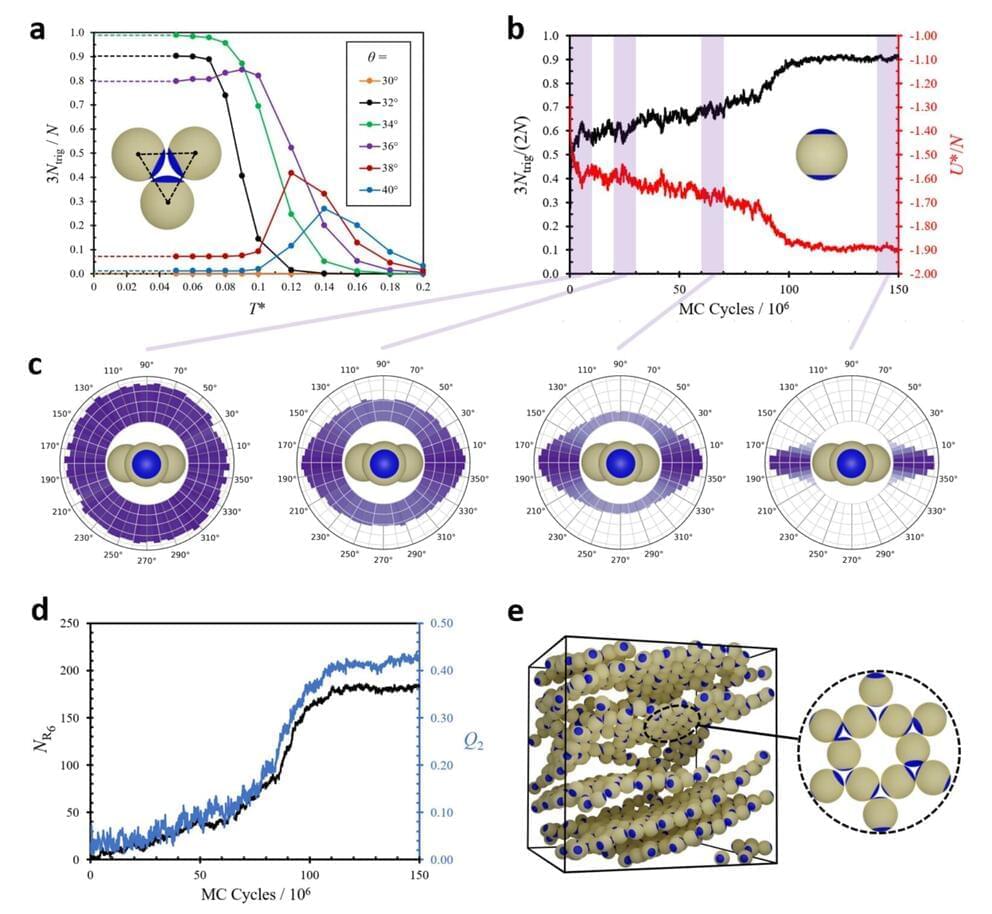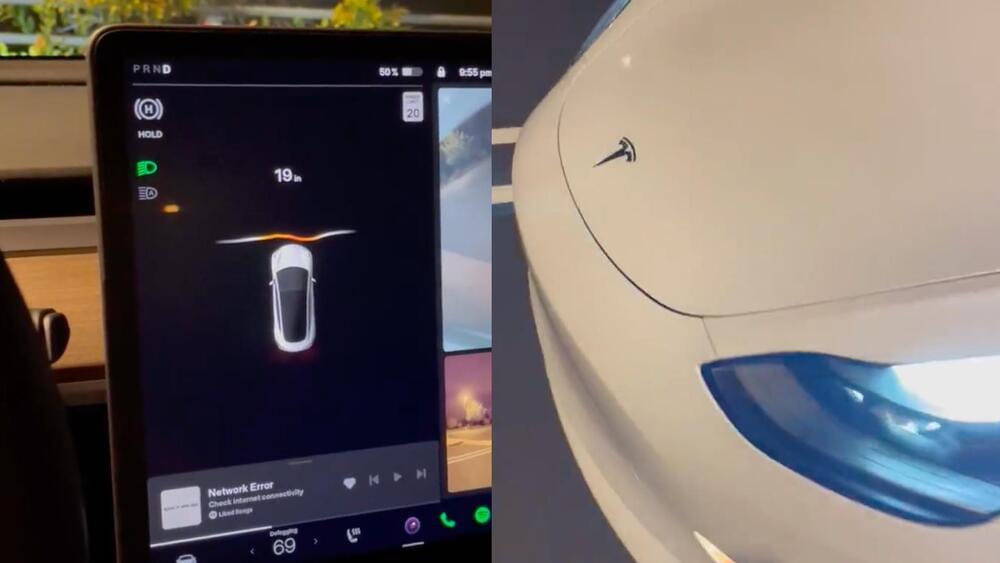Apr 1, 2023
THE FIRST 2 YEARS ON MARS (Prequel) Timelapse
Posted by Jose Ruben Rodriguez Fuentes in categories: education, Elon Musk, habitats, mathematics, physics, robotics/AI, space travel, sustainability
10 SpaceX Starships are carrying 120 robots to Mars. They are the first to colonize the Red Planet. Building robot habitats to protect themselves, and then landing pads, structures, and the life support systems for the humans who will soon arrive.
This Mars colonization mini documentary also covers they type of robots that will be building on Mars, the solar fields, how Elon Musk and Tesla could have a battery bank station at the Mars colony, and how the Martian colony expands during the 2 years when the robots are building. Known as the Robotic Age of Mars.
Continue reading “THE FIRST 2 YEARS ON MARS (Prequel) Timelapse” »

















